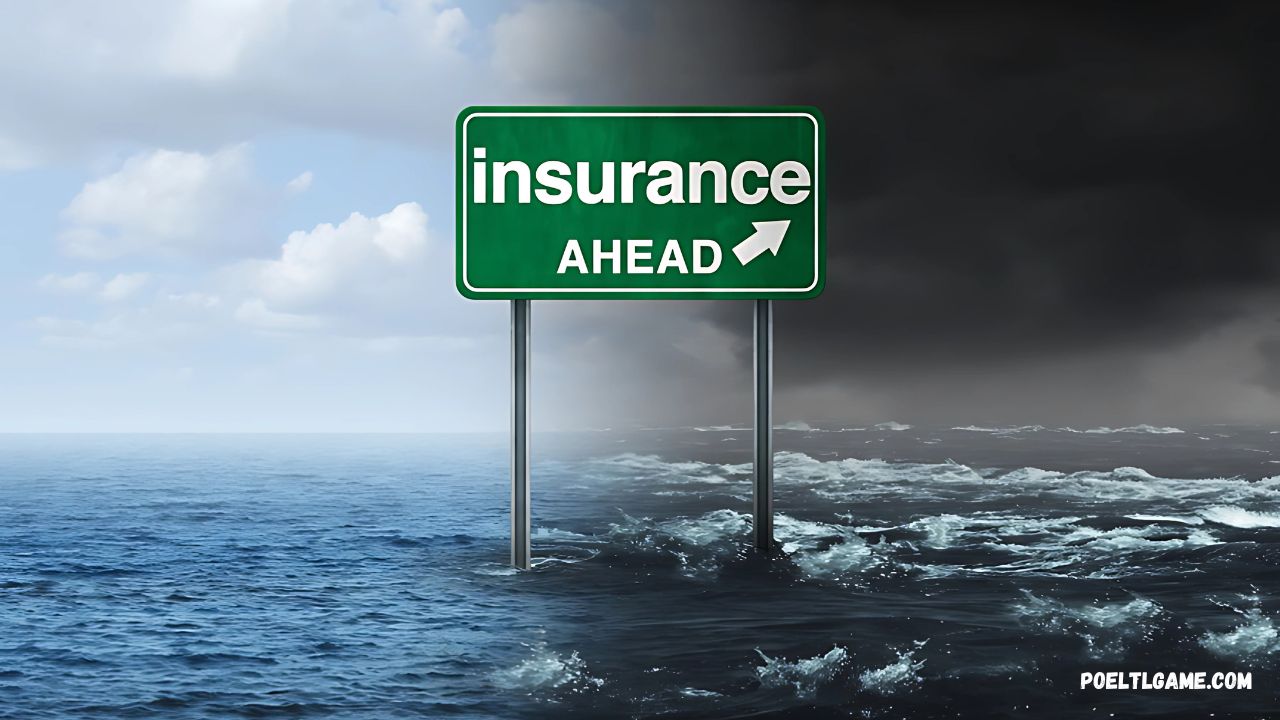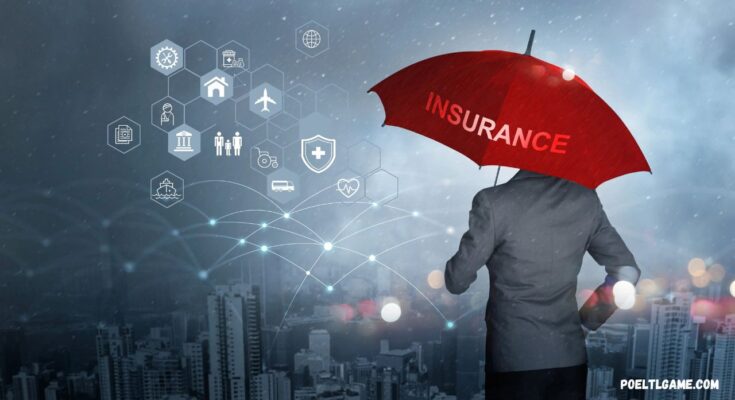A Comprehensive Approach to Managing Risk

Here we’ll discuss about benefits and disadvantages of Disaster Insurance.
Catastrophe Insurance and Disaster Preparedness In an era of increasing natural disasters and extreme weather events, the need for catastrophe insurance and effective disaster preparedness has become more critical than ever. Whether it’s hurricanes, earthquakes, floods, or wildfires, the frequency and intensity of these catastrophic events have been on the rise due to climate change. For businesses, homeowners, and governments, the financial impact of such disasters can be devastating. However, by understanding catastrophe insurance and implementing robust disaster preparedness measures, individuals and organizations can mitigate their risk and recover more quickly when disaster strikes.
Understanding Catastrophe Insurance
First and foremost, it’s important to define what catastrophe insurance entails. Unlike standard insurance policies, catastrophe insurance is specifically designed to cover significant financial losses from natural or man-made disasters. Standard homeowners or business insurance may cover typical risks, but catastrophic events often exceed the limits of these policies. As a result, specialized catastrophe insurance provides a much-needed safety net for when the unthinkable happens.
For example, flood insurance, which is often excluded from standard policies, falls under the category of catastrophe insurance. The same goes for earthquake insurance, which requires separate coverage in many regions. Similarly, hurricane insurance in high-risk coastal areas often necessitates supplemental policies to cover wind and storm surge damage. Therefore, it is crucial to assess individual risks based on location and disaster history to determine the right coverage.
In addition, catastrophe insurance is not limited to natural disasters. In some cases, it covers man-made disasters such as terrorism, industrial accidents, or even cyberattacks, depending on the policy. The comprehensive protection provided by catastrophe insurance ensures that individuals and businesses can avoid catastrophic financial losses following a disaster, enabling faster recovery.
Why Catastrophe Insurance is Essential
The importance of catastrophe insurance cannot be overstated. First of all, with the rise in extreme weather events, many regions are now more vulnerable to natural disasters than ever before. Without adequate insurance, the financial toll of such events can be insurmountable. For example, in the aftermath of major hurricanes like Katrina or Harvey, many homeowners found themselves facing insurmountable repair costs because they lacked sufficient flood or windstorm coverage.
Moreover, businesses without catastrophe insurance are at significant risk of long-term closure following a disaster. A single event, such as a fire or flood, can wipe out inventory, destroy infrastructure, and disrupt operations for months. As a result, having the right catastrophe insurance policy ensures that businesses can rebuild and resume operations more quickly, minimizing the long-term financial impact.
Types of Catastrophe Insurance
Next, let’s look at the various types of catastrophe insurance available. Different disasters require different types of coverage, and knowing which one applies to specific risks is essential for effective disaster preparedness.
-
Flood Insurance
Flood insurance is a specific type of catastrophe insurance designed to cover damage caused by flooding. Since flooding is typically excluded from standard homeowners’ and commercial property policies, a separate flood insurance policy is necessary, especially in flood-prone areas. In the United States, for instance, the National Flood Insurance Program (NFIP) offers coverage for flood-related losses. -
Earthquake Insurance
Earthquake insurance is crucial in areas prone to seismic activity. Standard homeowners’ insurance typically does not cover earthquake damage, which makes this policy necessary for properties in earthquake-prone regions like California, Japan, or parts of South America. Earthquake insurance covers structural damage, personal property, and often additional living expenses if the home is uninhabitable following an earthquake. -
Hurricane Insurance
For those living in coastal areas, hurricane insurance is essential. While some standard homeowners’ policies may cover wind damage, they often exclude storm surge or require high deductibles for hurricane-related damage. In addition, hurricane insurance may include windstorm insurance and flood insurance, making it a vital policy for coastal homeowners. -
Wildfire Insurance
Wildfires have become more frequent and destructive, particularly in regions like California and Australia. Many homeowners’ policies cover fire damage, but wildfire insurance provides additional coverage, especially in high-risk areas where standard policies may have exclusions or limitations. -
Terrorism and Man-Made Disaster Insurance
Man-made disasters such as terrorism or industrial accidents can also fall under the umbrella of catastrophe insurance. Businesses and governments may opt for specific policies that cover losses related to terrorist attacks or major accidents that result in widespread damage.
Disaster Preparedness: The Other Side of the Coin
While catastrophe insurance provides financial protection, disaster preparedness focuses on preventing or minimizing the damage caused by these events. Disaster preparedness is a proactive approach that involves planning, risk assessment, and taking measures to reduce vulnerability before disaster strikes.
First and foremost, disaster preparedness begins with risk assessment. By identifying potential hazards and assessing vulnerabilities, individuals and organizations can prioritize the most likely threats. For example, in areas prone to hurricanes, storm surge and wind damage may be the primary concerns, while in earthquake-prone regions, structural safety is the top priority.
Moreover, effective disaster preparedness requires having a comprehensive disaster recovery plan. This plan outlines the steps to be taken before, during, and after a disaster to ensure the safety of individuals and minimize property damage. For example, businesses should have contingency plans that include backup power, data recovery systems, and temporary relocation options to ensure operations can continue despite disruptions.
Components of Disaster Preparedness
-
Emergency Supplies and Equipment
One of the key aspects of disaster preparedness is ensuring access to emergency supplies and equipment. This includes having adequate food, water, medical supplies, and communication devices on hand. In addition, having backup power sources, such as generators, can be crucial in prolonged disaster situations where utilities are disrupted. -
Evacuation Plans
Evacuation planning is critical, particularly in areas prone to fast-moving disasters like wildfires or hurricanes. Establishing clear evacuation routes, identifying shelters, and communicating these plans to all stakeholders can save lives in an emergency. Furthermore, ensuring that vehicles are fueled and ready for evacuation is a key part of disaster readiness. -
Home and Property Fortification
For homeowners and businesses, fortifying properties against disaster damage is a critical element of preparedness. For instance, installing hurricane shutters, reinforcing roofs, elevating structures in flood-prone areas, or using fire-resistant materials in wildfire zones can significantly reduce the risk of severe damage. -
Communication Plans
Effective communication is essential in disaster situations. Having a reliable communication plan ensures that all parties—family members, employees, emergency services—can stay connected during and after the event. Moreover, utilizing emergency alert systems and social media can help disseminate critical information in real time. -
Financial Preparedness
Additionally, financial preparedness is a key component of disaster readiness. This involves not only having adequate catastrophe insurance but also ensuring access to emergency funds.
The Intersection of Catastrophe Insurance and Disaster Preparedness
While catastrophe insurance and disaster preparedness are separate strategies, they complement each other in creating a comprehensive approach to risk management. Insurance provides the financial safety net that allows individuals and businesses to recover after a disaster, while preparedness reduces the likelihood of catastrophic damage in the first place.
For instance, having a fortified home with flood-resistant features may reduce insurance premiums, as it lowers the risk for the insurer. Furthermore, businesses that implement robust disaster recovery plans may also qualify for lower rates on business interruption insurance. Thus, combining effective disaster preparedness with the right catastrophe insurance policy is a cost-effective way to ensure long-term security.
Conclusion: The Future of Catastrophe Insurance and Preparedness
As we look ahead, the need for catastrophe insurance and disaster preparedness will only grow. Climate change, urbanization, and increased population density in high-risk areas will continue to drive demand for innovative insurance products and comprehensive disaster planning. In the meantime, individuals, businesses, and governments must take a proactive approach to managing risk by securing appropriate coverage and developing detailed preparedness plans.



